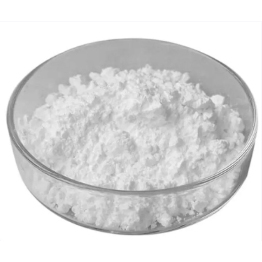Acrylic zinc crosslinking hardener

Product Performance Introduction:
Zinc Diacrylate (ZDA) is an efficient crosslinking and hardening agent
1. Polymer compatibility
It has excellent compatibility with polymer materials such as plastic and rubber, and can be uniformly dispersed in the system to avoid uneven performance caused by local aggregation.
2. Crosslinking efficiency and thermal stability
Significantly reducing vulcanization time, improving cross-linking speed, and endowing the material with excellent thermal hardening properties (temperature resistance range up to -40 ℃~150 ℃).
3. Mechanical performance enhancement
Improve material hardness (Shore hardness increased by 20%~40%), elasticity (rebound rate increased by 15%~30%), and tear strength (increased by 30%~50%).
4. Environmental resistance
Anti compression permanent deformation (reducing the compression permanent deformation rate to 5%~15%), outstanding oil resistance, acid and alkali resistance, and aging resistance.
Zinc acrylate crosslinking hardener is widely used in the following scenarios:
High performance rubber products
Industry: Golf core, sealing ring, shock absorber pad.
Function: Improve resilience and durability, extend service life.
Plastic modification
Industry: Engineering plastics (PA, PBT), TPE/TPU elastomers.
Function: Optimize impact resistance, dimensional stability, and surface wear resistance.
Adhesive and paint
Industry: Water based acrylic pressure-sensitive adhesive, industrial coatings.
Function: Enhance bonding strength, high temperature resistance, and solvent resistance.
Special functional materials
Industry: Medical silicone, cable insulation layer.
Function: Forming a stable network structure through ion crosslinking to meet medical grade or high safety requirements.
Storage:
It needs to be stored away from light and moisture (below 25 ℃), and long-term exposure may cause moisture absorption and clumping.

